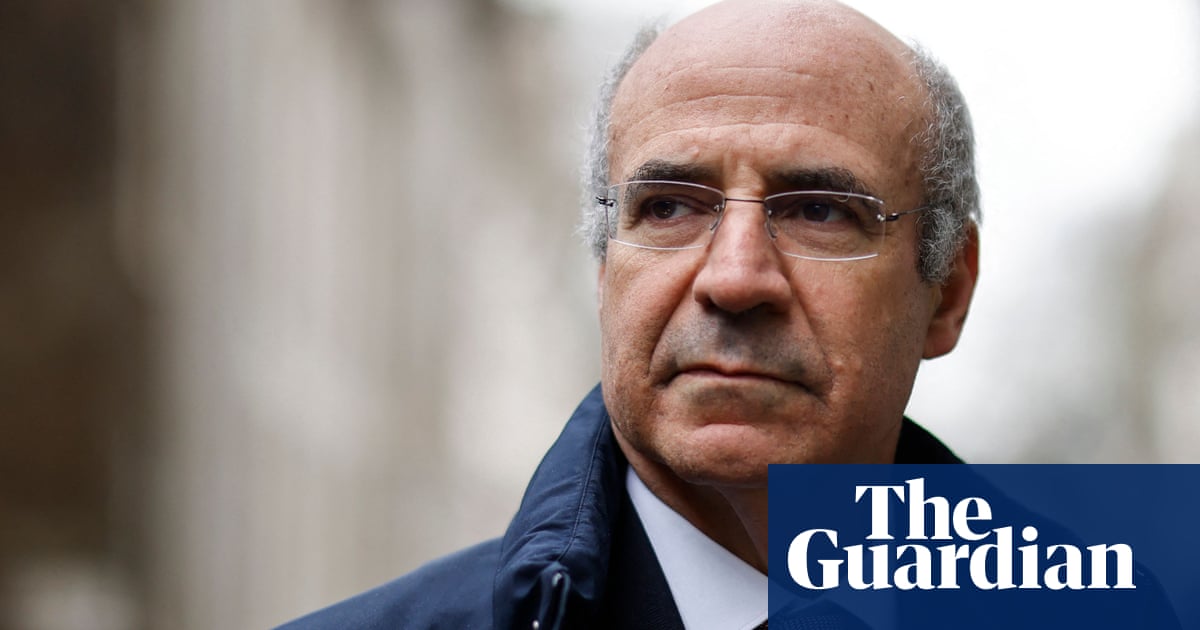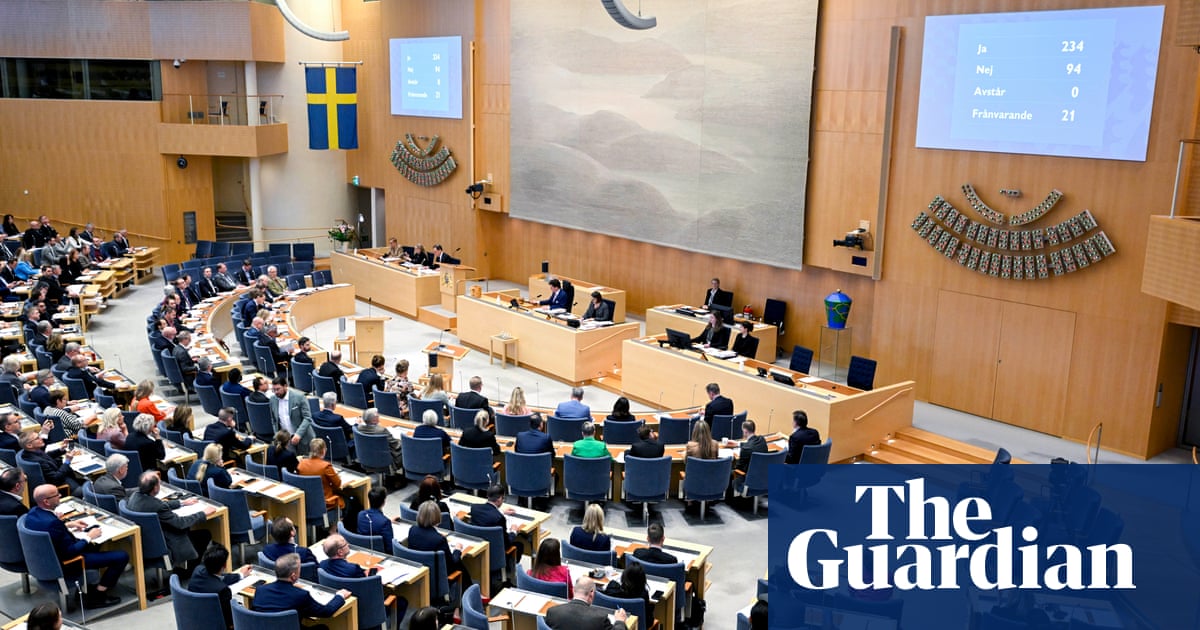
Sweden will seek to lift a ban on inspections of the wreck of the Estonia ferry that sank in the Baltic Sea in 1994 with the loss of 852 lives in one of the worst maritime disasters of the 20th century.
The Swedish Accident Investigation Authority has made a request to amend a law banning dives in order to allow a re-examination of the wreck after a documentary presented evidence of a previously unknown hole in the hull.
In 1997, investigators concluded the disaster was caused by the bow door of the ship being wrenched open in heavy seas, allowing water to gush into the car deck.
Survivors and relatives of those killed have fought for more than two decades for a fuller investigation, with some claiming that the opening of the bow visor would not have caused the vessel to sink as quickly as it did.
The ship, which was sailing from Tallinn to Stockholm, went down in just one hour in the early hours of 28 September 1994, leaving only 137 survivors.
It was the worst peacetime shipping disaster in European waters, and the second worst involving a European ship after the Titanic sank in the North Atlantic in 1912.
After a decision not to salvage the wreck or the bodies of the victims, the governments of Sweden, Estonia and Finland signed a treaty in 1995, where they agreed to designate the site of the wreck a final resting place and make it illegal for its citizens to disturb the site by diving down to it.
“We have no plans to rescind the law on protecting the peace of the grave, but we will look into how the law needs to be adapted to do the surveys the accident investigation authority wants to do,” Sweden’s home affairs minister, Mikael Damberg, told a press conference.
In September, a documentary showed underwater footage revealing a hitherto unrecorded four-metre (13ft) hole in the ship’s hull.
Two of the filmmakers have since been charged with disturbing the final resting place and face up to two years in prison, but the revelations sparked calls for a reopening of the investigation.
Experts told the filmmakers that only a massive external force would be strong enough to cause the rupture, raising many questions about what really happened that night.
“I believe the truth is something other than what people have been told until now,” survivor Carl Eric Reintamm told the programme.
Survivors described hearing a loud bang and Reintamm said he saw a large white object in the water next to the ferry, testimony that experts interviewed in the programme said has not been taken into account before now.
A preliminary inquiry into whether the findings of the 1997 report needed to be re-evaluated was launched by the accident authorities in Sweden, Finland and Estonia.
Without saying directly that dives would be made, they jointly requested that the laws needed to be amended to allow for the possibility.
Damberg said on Friday that the work to make the amendments to the law would start and that they would “continue the dialogue” with Estonia and Finland.
According to the head of the Swedish Accident Investigation Authority, John Ahlberk, there is nothing in the new preliminary assessments to call into question the official investigation at this stage.
“The aim of this investigation will be to explore as much as possible to find the causes of the holes in the hull,” he said.
Until now the countries involved have been reluctant to re-examine the causes of the disaster, leading to numerous theories circulating, none of them yet proven.
These include a collision with another vessel, either a military ship or a submarine, as well as the involvement of organised crime gangs or that an explosion went off on the ship.












